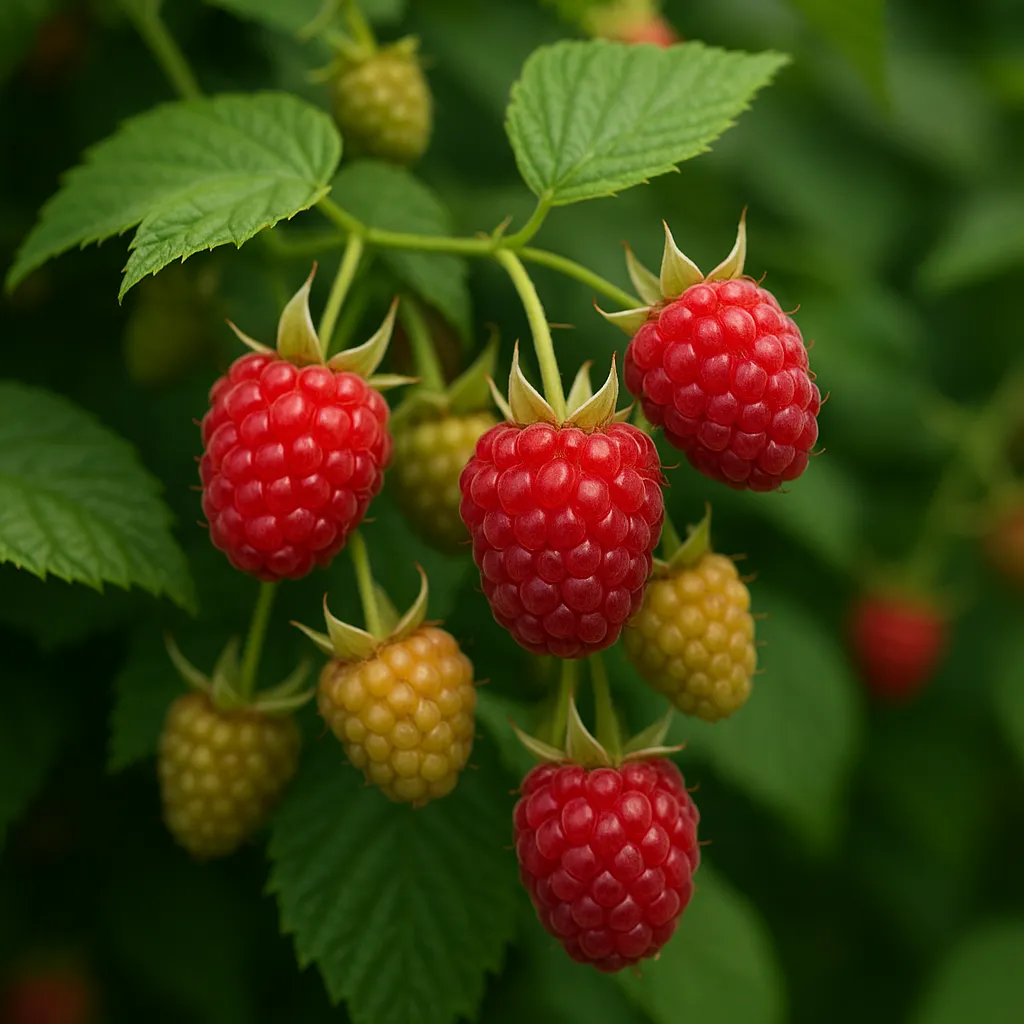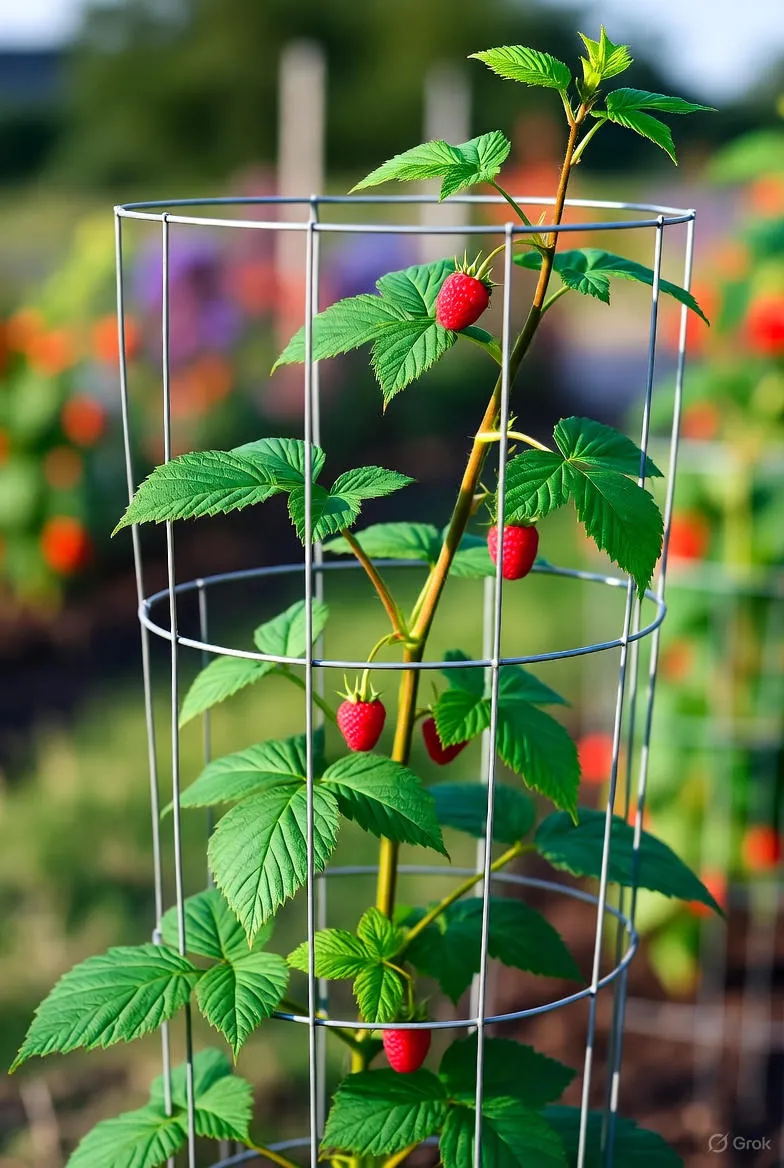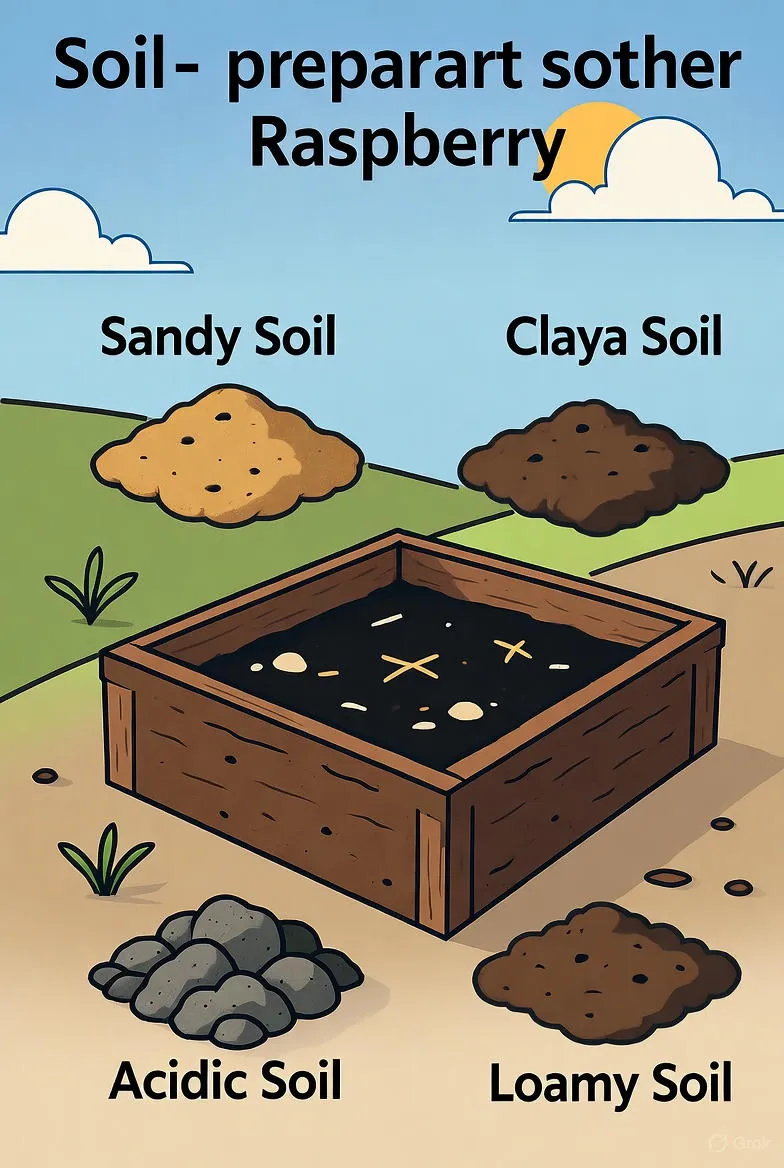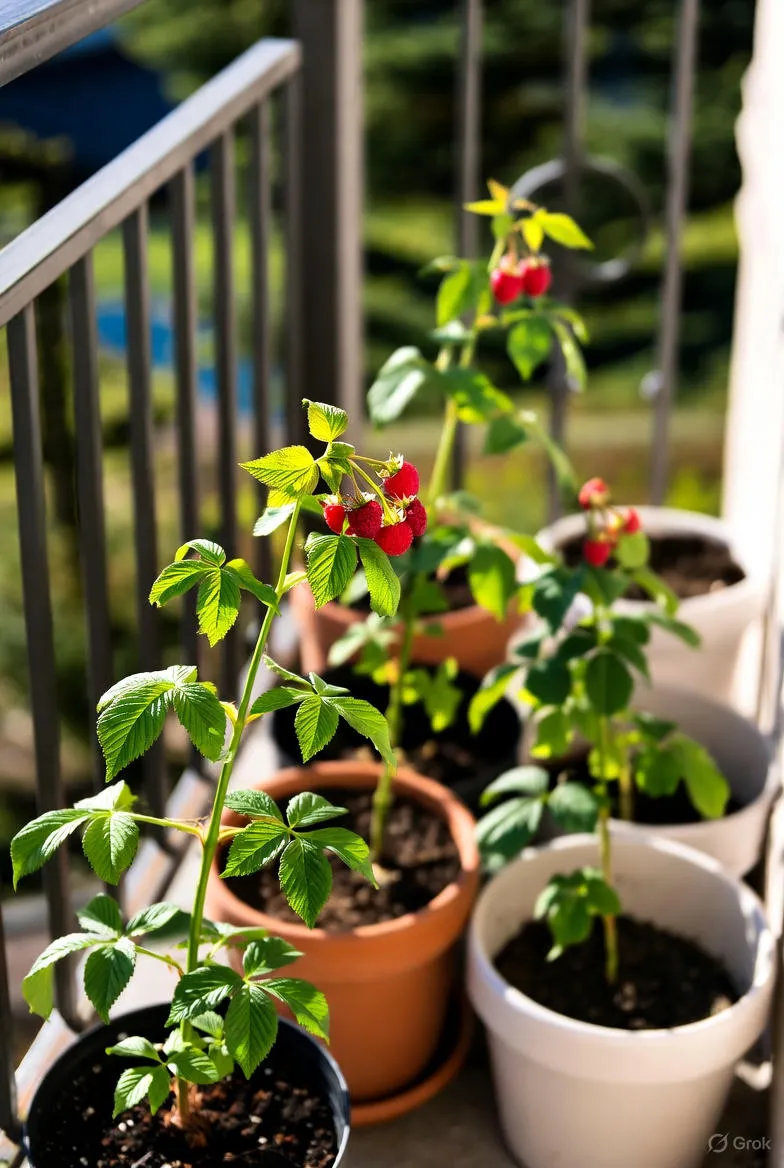Raspberry Varieties for Cold Climates: The Ultimate Guide to Hardy and Productive Berries
Discover the best raspberry varieties for cold climates, including Boyne, Latham, Nova, and Heritage. Learn how to grow, prune, and protect raspberries in freezing temperatures for abundant harvests.

Growing raspberries in cold climates presents unique challenges, but with the right varieties and care, it is entirely possible to enjoy bountiful harvests year after year. Whether you live in Northern Europe, Canada, or the upper Midwest, certain raspberry cultivars are bred specifically to endure freezing winters while producing flavorful, juicy berries during the short growing season.
Understanding Raspberry Hardiness
Raspberries are perennial plants that can tolerate a range of conditions, but not all varieties are equally resistant to frost. The key to success lies in choosing cultivars that can survive temperatures as low as -30°C or even lower. Factors such as root hardiness, cane resilience, and dormancy behavior all influence how well a plant withstands severe winters.
Raspberries typically fall into two categories: summer-bearing and everbearing (or fall-bearing). Summer-bearing varieties fruit on canes that grew the previous year, while everbearing types produce on current-year canes. In cold regions, everbearing raspberries often have an advantage because the canes are pruned annually, reducing winter damage risks.
Top Raspberry Varieties for Cold Climates
1. Boyne
Developed in Canada, Boyne is a time-tested favorite among northern gardeners. It thrives in USDA zones 2 to 5 and is renowned for its exceptional winter hardiness. The berries are medium-sized, sweet, and perfect for fresh eating or freezing. Boyne also has good resistance to common raspberry diseases, making it a low-maintenance choice.
2. Latham
Latham is another cold-hardy classic, originating from Minnesota. It performs well in zones 3 through 6 and can tolerate sudden temperature drops. This summer-bearing variety produces firm, flavorful berries that hold up well for preserves and jams. Its strong canes withstand snow load, and it adapts well to different soil types.
3. Nova
Nova offers a perfect balance between quality fruit and resilience. Hardy to zone 3, it bears medium to large berries with a mild flavor. It’s semi-erect, making it easier to train on supports. Nova is also highly disease-resistant and performs well even in windy or exposed sites.
4. Heritage
Heritage is one of the most popular everbearing raspberries worldwide. Although slightly less hardy (best suited for zones 4 and above), it can still thrive in colder regions with proper mulch protection. The berries are large, firm, and perfect for both fresh eating and freezing. Heritage produces fruit in late summer through fall, providing extended harvest opportunities.
5. Prelude
Prelude stands out as one of the earliest summer-bearing raspberries. It can withstand harsh winters in zones 4 to 8 and produces fruit early in the season, often before other varieties. The berries are small to medium-sized, with a delightful balance of sweetness and acidity. Its early maturity makes it ideal for growers aiming to extend their harvest window.
6. Anne
For gardeners seeking a unique twist, Anne offers golden-yellow berries with a rich, sweet flavor. This fall-bearing variety is hardy up to zone 4 and produces high yields if given full sun and well-drained soil. While its color may be unusual, its cold tolerance and productivity make it an excellent choice for adventurous growers.
Tips for Growing Raspberries in Cold Regions
Site Selection
Choose a sunny, well-drained site protected from strong winds. Avoid low-lying areas where cold air can accumulate, as this increases the risk of frost damage. A gentle slope facing south or southeast is ideal for maximizing sunlight exposure and early spring warming.
Soil Preparation
Raspberries prefer slightly acidic soil (pH 5.5 to 6.5) rich in organic matter. Before planting, incorporate compost or well-rotted manure to improve structure and drainage. Raised beds can help prevent root rot in regions with heavy clay soils.
Winter Protection
- Mulching: Apply a thick layer of straw, leaves, or wood chips around the base to insulate roots from freezing.
- Pruning: In late fall, remove weak or dead canes to reduce snow breakage and disease spread.
- Snow Cover: A natural snow blanket can serve as insulation; however, avoid compacting it, as this can damage canes.
Pruning and Cane Management
For summer-bearing types, prune after harvest by removing all spent canes. For fall-bearing varieties, cut all canes to the ground each spring; this ensures a single late-season harvest and minimizes winter injury.
Fertilization
Cold-climate raspberries benefit from light, balanced feeding in spring. Use an organic fertilizer or compost tea to promote steady growth without encouraging overly lush, frost-sensitive shoots. Avoid heavy nitrogen applications late in the season, as this delays hardening off before winter.
Common Challenges and Solutions
Winter Kill
One of the most frequent issues is cane dieback due to extreme cold. To mitigate this, select varieties rated for your specific hardiness zone, and maintain consistent soil moisture through mulching.
Frost Damage During Bloom
Late spring frosts can harm flowers and reduce yield. Row covers or frost blankets can protect sensitive plants during sudden cold snaps.
Pest and Disease Resistance
Cold-hardy varieties like Boyne and Nova have natural resistance to diseases such as root rot and cane blight. Maintaining good air circulation, avoiding overcrowding, and rotating planting sites every few years also help keep pests under control.
Conclusion: Choosing the Right Variety for Your Garden
For those gardening in cold climates, selecting the right raspberry variety makes all the difference between success and disappointment. Hardy cultivars like Boyne, Latham, and Nova offer reliability, while everbearing types such as Heritage and Anne provide extended harvests. With careful site selection, proper winter protection, and consistent pruning, even gardeners in the coldest regions can enjoy the sweet reward of homegrown raspberries year after year.
By combining hardy genetics with attentive care, your raspberry patch can become a thriving, resilient source of delicious fruit that brightens even the frostiest landscapes.


